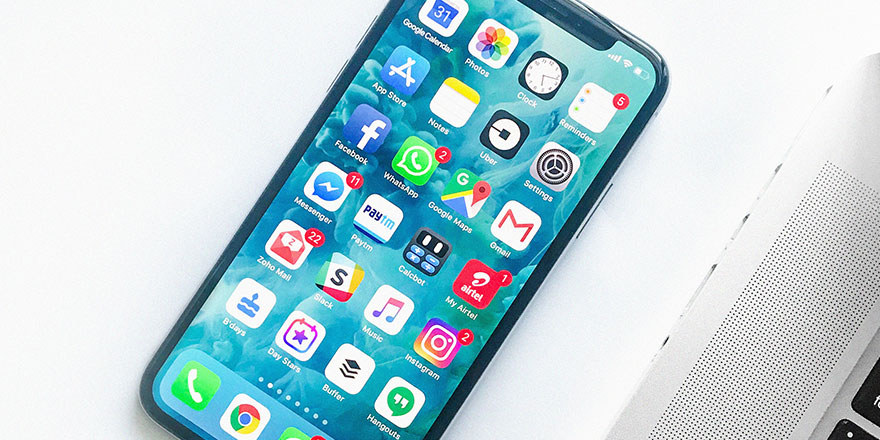
by Don Pingaro | May 2, 2019 | Commerce Strategy, System Integrations
Despite changing customer habits across the commerce industry, sales strategies have largely remained static. That is, until now. With a noticeable rise in account based marketing adoption and “hyper-personalization” software that utilizes machine learning, today’s sales teams are better equipped than ever to engage prospects across digital platforms; new territory for B2B companies. Here are the top 5 ways sales teams are taking advantage of new tech.
5. Stepping Up the Mobile Game
In a recent article, Genius eCommerce notes “91 percent of B2B buyers complete searches using mobile devices and one in four buyers makes a purchase using a mobile device.” With millennials making up more than 35% of the US workforce, there’s an industry-wide push to create simple, elegant, and frictionless online experiences that cater to the generation’s habits and expectations. To do this, sales teams must begin thinking like millennials and driving engagement through smartphones, their device of choice.
For millennials, a downloadable product list doesn’t go a long way, especially on a phone. It’s too time consuming, and millennials know there’s a high probability another company (i.e. your competitor) will have a simpler online experience that shortens their workday and makes their lives easier.
4. Increasing Repeat Purchases
Redstage CEO Adam Morris notes, “Modern B2B sales teams have begun tracking online customer behavior to predict when customers will need to reorder. These teams can use the same tech to order on behalf of customers and even set up automatic subscription reordering.”
These options remove strain from the customer’s decision to buy and encourage repeat purchases. Send a simple reminder to customers recommending they buy again or to buy a related product and watch AOV increase along with order frequency. Imagine what this does for sales commissions.
3. New Ways To Interact & Engage
With all these new modes of selling, teams need to broaden their reach to maximize sales opportunities. Tackling this challenge is easy with the right toolset. Chatbots act as an extension of the sales person, becoming the first-line of defense for customer assistance. Through chatbots, sales reps can help users find a product they might’ve missed, share in-depth details to make a sale, and further engage prospects in real time.
Like chatbots, social media is another tool that extends the sales team’s skillset and enhances reach. DemandGen’s 2018 B2B Buyer’s Survey reports that 34% of B2B buyers are spending more time on social media to research vendors. 52% say they use social media to drive purchasing decisions, and 82% of B2B buyers say the winning vendor’s social media content has a significant impact on their decision to buy. Using social media is much friendlier than cold-calling and helps create a community around your products. Sharing is caring!
2. The Power of Feedback
Customer reviews drive sales. End of story. In G2 Crowd’s 2018 B2B Sales & Marketing Report, 92.4% of consumers said they were more likely to buy a product or service if they were able to read reviews (5.5% were unsure, and only 2.1% said no). The reason? There’s a ceiling on how much buyers trust brands, which makes them trust customers more than the vendors themselves. According to Mashable, “Millennials, in particular, trust user-generated content 50% more than other media.”
Reviews also help sales teams identify specific product attributes consumers love. These attributes can then be highlighted, promoted, and shared with prospects who may be interested in the same products to facilitate additional orders. Positive reviews typically decrease cart abandonment, increase time spent viewing products, and of course, increase sales by helping buyers get honest, trustworthy feedback.
1. Becoming a Customer Experience Expert
A 2017 Walker study concluded that “Customer experience will overtake price and product as the key brand differentiator by the year 2020,” beating out the traditional “4 P’s” of the marketing mix. As a result, it’s now up to sales teams to lock-on to customer preferences to maximize reach and engagement. Personalization platforms like Bronto help sales and marketing teams understand the preferred devices and channels each customer uses. When it’s time for a customized message, you’ll know how to get their attention.
If you ran a shoe store and a customer came to the register, only to cancel or return their order, you would want to learn why. In the digital world, if customers put an item in their cart but later remove it, it only follows that sales teams should investigate. Maybe a confusing or lackluster product description made them hesitate, perhaps it was a question of quality, source, or price. For B2B’s, fitment is a big factor, and finding replacement parts should be easy for customers. This is the time to send targeted messaging to help narrow down customer “unknowns” and increase the likelihood of a sale.
Final Thoughts
Using customer, cart, and product data, sales teams can now identify trends faster and easier than ever, pinpoint bottlenecks in the purchasing process, and refine experiences to increase sales and customer satisfaction. For more tips and tricks B2B sales teams can use, find our free Digital Sales Engagement Handbook here, and let us know if you’re interested in enhancing your sales team with Bronto.
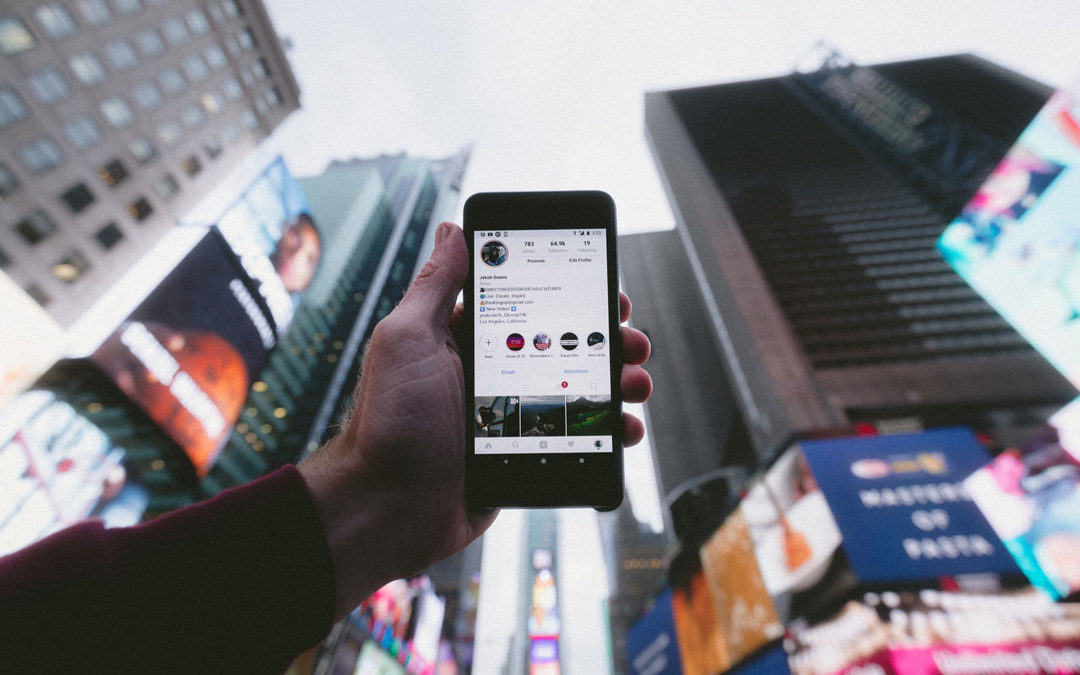
by Don Pingaro | May 30, 2018 | Commerce Strategy

Instagram eCommerce
The past decade brought many changes into the world of eCommerce, and one of the most prominent is certainly the key role social media now plays. It’s where companies promote their products and interact with potential customers, raise their brand awareness, and increase conversion rates. While Facebook is still the number one social media platform, Instagram has experienced enormous growth in the past two years and continues to grow every day, transforming it into a more-than-ideal tool for eCommerce businesses to expand their reach and get their names out.
As is the case with all other sites, you first have to learn a thing or two about how it all functions and what the users’ expectations are, but once you’ve learned the ropes, you can reap great benefits. Here are some useful tips on how to boost your sales using Instagram.
First steps
If you haven’t switched to a business account yet, you should do it right now. This feature presents numerous opportunities for large and small businesses alike. Not only does the biz account give potential customers a one-click “contact us” button, it also grants access to various analytics tools that will offer valuable insights into your engagement rate, impressions and your followers. This way, you’ll be able to track what’s working and what’s not, and change your approaches accordingly. You can also easily (paid)promote any posts you like, which has shown to work rather effectively for eCommerce businesses.
Get people to your store
When it comes to promoting your products, the problem with Instagram is that you still can’t put clickable links in your photo descriptions. In the past, retailers got around this issue by adding a link to their online store in the profile description; however, in doing this, customers are directed to your homepage (rather than a specific product page) where they may need to spend considerable time to find the product they saw on your Instagram.
However, new solutions have been developed to overcome this issue. One of Instagram’s newest features gives businesses the ability to tag products within posts. When clicked, the tags lead customers directly to the product page of your site so they can shop seamlessly. This feature is already available in many countries; all you need to do is get verified as an eCommerce account by Instagram (video), and soon, expect your online shop visits to skyrocket. If for any reason you can’t take advantage of this feature, there are similar alternatives that can make your feed shoppable.
Keep the quality high

If the content you post isn’t high quality, the sum of your efforts will be in vain. Instagram is a visual-oriented platform. As a result, you must put great care into the content you post. Make sure your photos match the standard resolution (1080 x 1080) to prevent compromising photo quality.
When it comes to showcasing your products, you should mix up high-quality flat-lay images, single product close-ups and photos/videos showing your products in use – focus on providing ample variety in the content you post. At the same time, also make sure your feed is neat and appealing. It’s suggested that retailers turn to professional photographers for best results. In addition, you should never exclusively post pictures of your products – hard selling is never an effective method. Rather, you should think about using branded imagery to showcase your brand.
Moreover, the key to building an effective social media channel is consistency. If you’re not posting consistently, your followers will get bored and leave, and you’ll wonder why you’re not seeing a return. For this purpose, scheduling applications come in handy. You can prepare your posts weeks in advance and schedule them to go live whenever you like. To decide what time you should post at, take into consideration your target audience’s time zones as well as general habits. Use your analytics to determine your optimal time to post, and try a variety of hashtags to boost your post reach.
Take advantage of hashtags
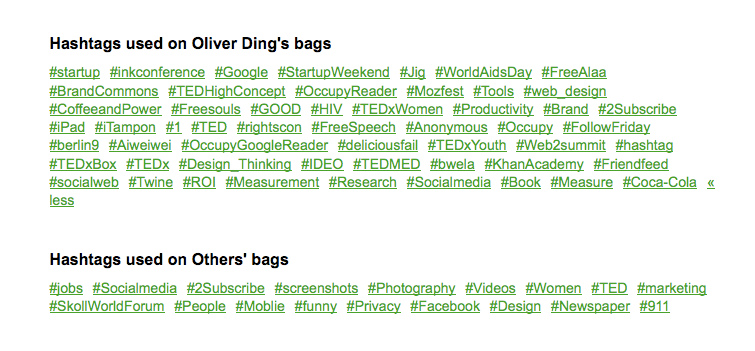
While it’s always better to outsource keyword research for your eCommerce website to an SEO agency, you can easily find the most effective hashtags to use on Instagram yourself. Take advantage of websites that keep track of each day’s most popular hashtags, and use them will multiply your posts’ visibility. In addition, learn what hashtags your competitors use, as this is a cheap but effective way to fight competition.
Be aware that you can use up to 30 hashtags in a post and you can either put them in the description or the comment section. Mix up your hashtags from time to time to prevent Instagram from misidentifying your posts as spam. It’s also useful to create a specific hashtag that only your business will use, which will help users browse your products on Instagram easily.
Be approachable

The main goal of any Instagram endeavor is generating engagement. The more engagement you can create, the more your account will grow, leading to a bigger reach, more brand exposure, and an increase in sales. Of course, the most important thing of all is that you are present. This means that it’s not enough just to schedule your posts and check on your Instagram once a week. You should be interacting with your audience every day in order to create a friendly and approachable image that will benefit your brand. Like and reply to comments under your posts, answer questions and be professional when it comes to resolving conflicts.
You can also take your interaction to the next level with a couple of methods that many businesses employ nowadays. First of all, you can write your photo descriptions in such a way that encourages commenting (for example: asking a question or encouraging people to tag their friends). Moreover, you should also track product pictures posted by your customers.
User-generated content is insanely powerful for attracting new customers, as people viewing your product for the first time are more likely to trust their friends and family than a business they’ve never bought from (think of it as digital word-of-mouth). Don’t forget to like and re-post some UGC content from time to time, just make sure you ask the customers permission to use their likeness first. This will show your customers that you care and they will be more likely to shop from you in the future as well. When you find this content, you can quickly add it to your company’s Instagram Story, generating double the content off a single post. Think about how you can build user engagement by running photo contests and adding “Who wore it best?” to your company’s Instagram Story… there’s a lot of potential there.
More promotion

To further promote your brand, one very effective method is reaching out to influencers. Some charge more than others for promotions, while others will swap shout-outs or mentions in return for your page doing the same. Another way to score placement on an influencer’s feed is by giving them some free merch to try out.
Send them some of your products and their followers will be made aware of your existence. The most important thing to pay attention to here is that you choose your influencers wisely – they have to be related to your niche so that their followers are more likely to be interested in your product.
Remember, everyone loves free stuff, not just influencers. Try to organize giveaways when you reach follower milestones like 10K, 50K, 100K followers, etc. Just make sure you comply with all the rules of hosting such events. You can also reward your followers by occasionally sharing discount codes to some of your products – this is a surefire way to convert more leads and show your top followers you care!
Final Thoughts
As you can see, the opportunities Instagram provides for eCommerce businesses are numerous. If used properly, they can give a massive boost to your sales. However, Instagram is just one of the many platforms you can use. For example, websites such as Pinterest can also give a boost to your eCommerce sales, but of course, different rules will apply there. That’s why it’s important that you get informed about the basics before you jump into it.
Guest Author Bio:
David Koller is a passionate blogger and copywriter for Media Gurus, mainly interested in SEO and Digital Marketing.
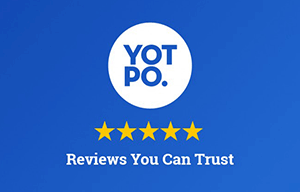
by Redstage Team | Jun 14, 2016 | Commerce Strategy
 This is a guest blog post by Joanna Alter. Joanna Alter is the Co-marketing Manager at Yotpo where she helps businesses maximize the marketing potential of user-generated content.
This is a guest blog post by Joanna Alter. Joanna Alter is the Co-marketing Manager at Yotpo where she helps businesses maximize the marketing potential of user-generated content.
User-generated content impacts conversion rates at every step of the customer journey. It attracts shoppers’ attention, allows them to build a relationship with your brand, and provides authentic and relevant information that helps with purchasing decisions.
UGC refers to any content voluntarily created by your customers and shared publicly. This can include reviews, user-generated photos or customer Q&A. Giving your customers a platform to voice their opinion brings overwhelmingly positive results for your business. Here are three proven ways to increase conversion rates with UGC.
Boost Shopper Confidence
Word of mouth marketing is the best advocacy your store can get. If someone recommends your store to a friend, they are almost certain to check it out. Not only will they visit your site, but they will arrive with their friend’s positive experience fresh in their mind.
Customer content is the online version of word-of-mouth marketing. Displaying customer reviews, photos and questions on your site provides social proof that gives customers the information and confidence boost they need to make a purchase decision.
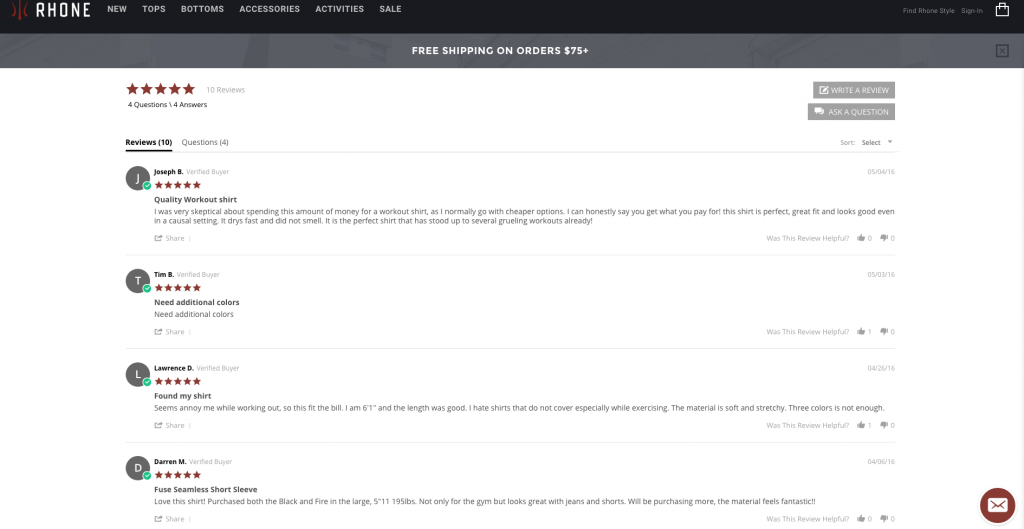
For example, shoppers who arrive at this Rhone product page will see reviews from past buyers that address common pain points specific to buying exercise apparel like itchy seams, shirt length and versatility. Shoppers trust customer content more than they trust branded content. Displaying UGC throughout your site builds trust in your brand and increases sales.
Establish a Relatable Brand Image
User-generated photos are an effective way to reach online audiences that are overwhelmed with content.
Providing immediately visible social proof by including authentic customer reviews and photos on your store and in social media allows you establish a relatable brand image and brings more shoppers to your site. Customer pictures that show people enjoying your product evoke an emotional connection from the viewer. They identify with the experiences and are able to picture themselves enjoying your products as well.
Your biggest fans and most dedicated customers are one of the most valuable marketing resources you have. Getting them to participate in UGC campaigns provides you with repurposable content that you can use across marketing materials and that is relatable for your customers. For example, Boom uses customer photos throughout their website so that shoppers can see how the makeup looks on actual customers. The user-generated photos and reviews provide genuine and relevant information for shoppers that helps them make their purchase decision.

User-generated content elevates an online store’s existing resources, building a community of shoppers and customers who provide social proof for the brand and its products.
Such communities break down barriers between individual online shoppers, which in turn leads to conversions and increased trust in your brand.
Let Your Customer Service Shine
A Yotpo study of 1.3 million customer reviews reveals the importance of good service to online shoppers. Responding to customer reviews and questions highlights your brand’s personality and values, and increases sales and brand loyalty by showing new shoppers and existing customers alike that they are a priority.
All stores receive negative reviews for one reason or another, but this is not entirely a bad thing. Brands should see negative product reviews as an opportunity to show off top-notch customer service, as JerkyXP did in the example below.

Responding to negative reviews is your store’s chance to ensure that customers remember a positive and helpful experience with your brand, as opposed to the initial bad one. Attentive and helpful responses really pay off. 95% of unhappy customers will return to your store if their issue is resolved in a timely and efficient manner.
Key Takeaways
- User-generated content is relatable and valuable to your customers.
- Social proof from customer content like reviews, pictures and Q&A gives shoppers the information and confidence they need to convert into buyers.
- UGC is an effective channel for brands to engage with their customers and build lasting relationships.

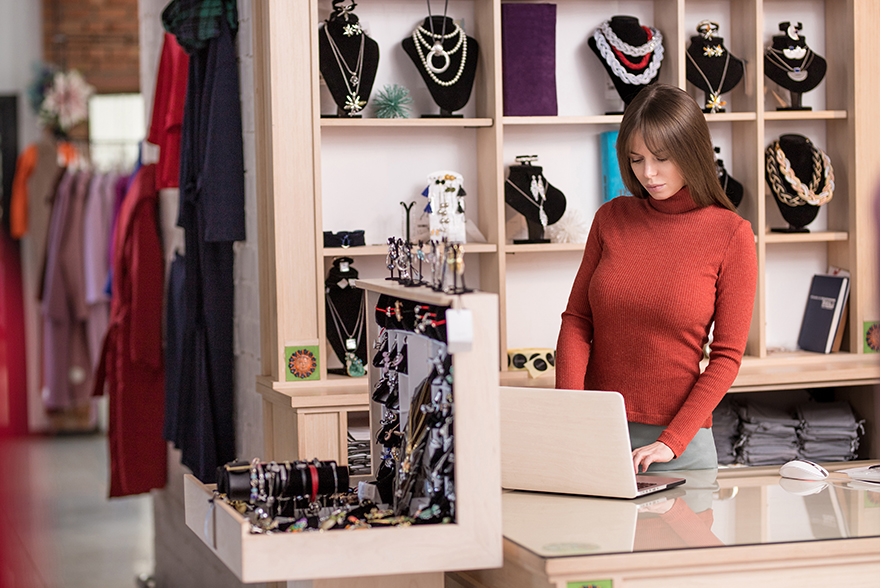

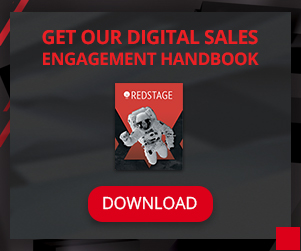





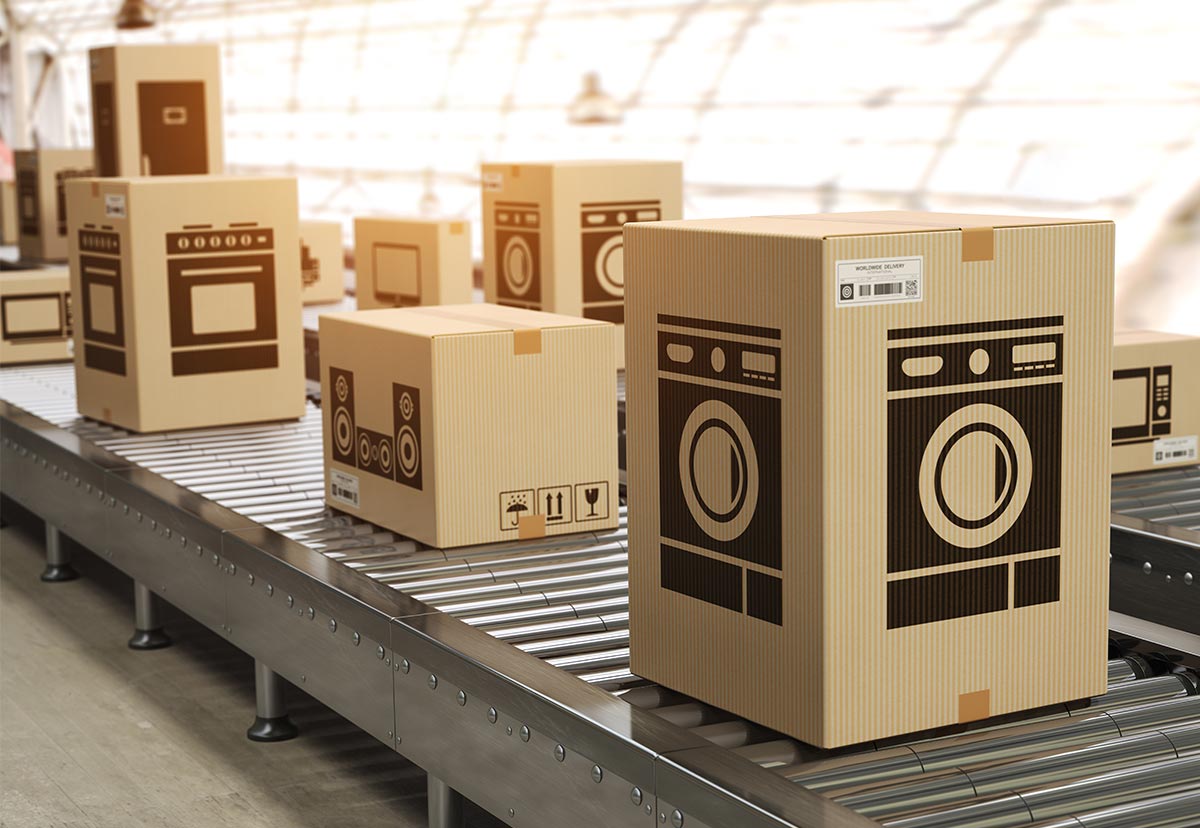
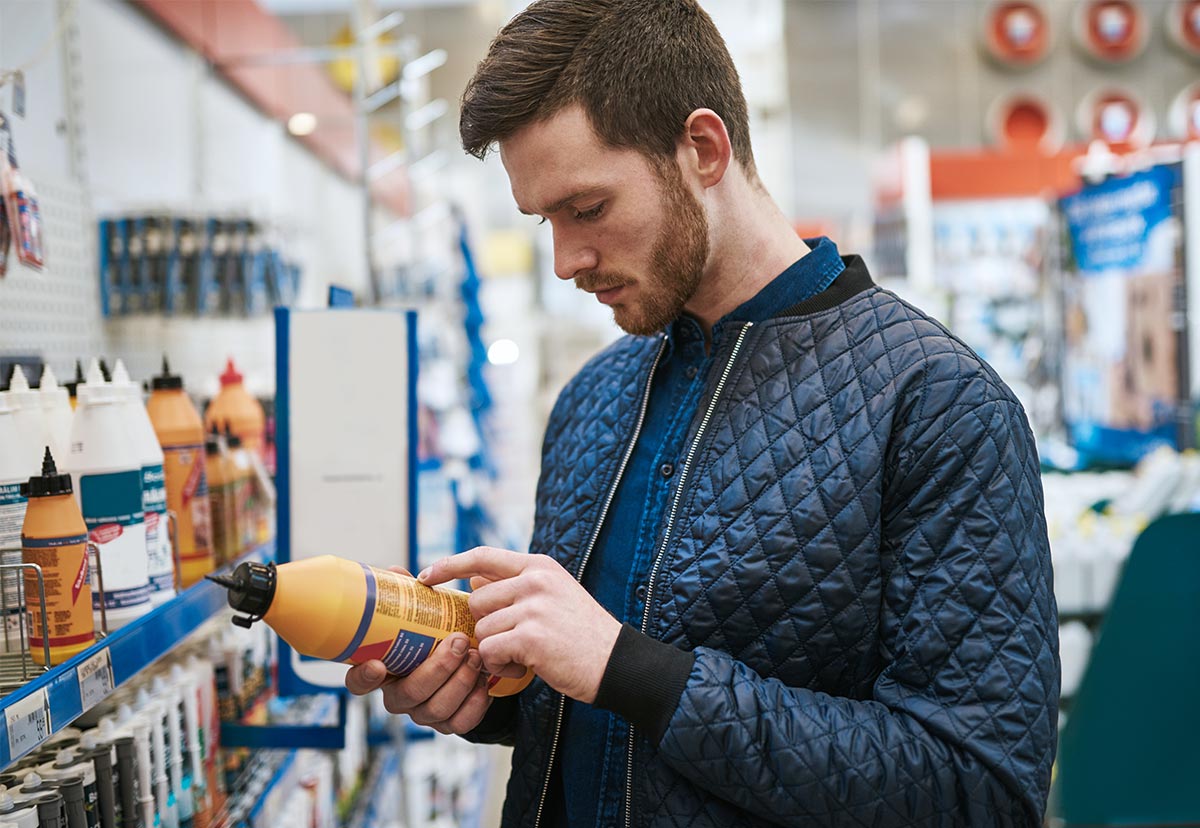












Recent Comments